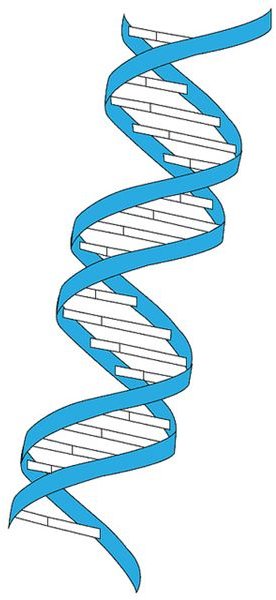The Basics of Gametogenesis in Humans
Spermatogenesis
Gametogenesis is the formation of gametes for sexual reproduction. Gametogenesis is carried out in the gonads; spermatogenesis is
the production of sperms in the testis and oogenesis is the formation of ova in the ovary.
This process takes place in the seminiferous tubules of testes by repeated divisions of spermatogonia. Spermatogenesis occurs in four main stages:
- SPERMATOCYTOGENESIS
- MEIOSIS I
- MEIOSIS II
- SPERMIOGENESIS
The first three stages involve divisions of spermatogenic cells. Although the nuclear division occurs in all these three stages, cytokinesis or cytoplasmic division is not complete in the daughter cells in any of these three divisions. So, all the daughter cells produced from a single mother cell by these three divisions remain interconnected by their cytoplasm, but they possess separate nuclear materials. The last stage i.e., spermiogenesis involves no cell division. It is only during spermiogenesis that maturing interconnected gametes separate from each other.
Spermatogonia are diploid (2n) cells on the wall of seminiferous tubules. Each spermatogonium divides mitotically to form two primary spermatocytes, which are diploid and interconnected by their cytoplasm. Both the primary spermatocytes then undergo meiosis I, each giving rise to two haploid (n), secondary spermatocytes. All four secondary spermatocytes from a single spermatogonium remain interconnected by their cytoplasm. Then the secondary spermatocytes undergo meiosis II, producing two haploid cells called spermatids. Consequently, each spermatogonium gives rise to eight interconnected spermatids. The latter then undergo transformation, each into a haploid and flagellated spermatozoon, by the process of spermiogenesis.
During the process, spermatozoa separate from each other and are released free in the lumen of the seminiferous tubule. They are carried to the epididymis where they acquire motility during their temporary storage. Testosterone seems to promote their motility.
Human spermatozoon is a long, flagellated, motile cell. It has a flat oval head, a narrow neck, a middle piece and a long narrow tail ending in flagellum. The head contains the nucleus. Sterility results if sperms are immobile, structurally abnormal or poor in number in the semen.
Oogenesis
This process is the formation of ovum, and is carried out in the Graffian follicles of the ovaries. The maturing Graffian follicle contains diploid (2n) primary oocyte at its center.
The primary oocyte undergoes meiosis I to produce two haploid (n) cells, the larger one is the secondary oocyte and the smaller one is called a polar body. During meiosis I of the primary oocyte, the Graffian follicle comes to the ovarian surface.
Immediately after meiosis I, the follicle ruptures to eject the seconday oocyte near the open end of the Fallopian tube. As the secondary occyte is carried down the Fallopian tube by ciliary movements of its cells, the oocyte begins to enter meiosis II, but meiosis II remains suspended at its metaphase until a spem enters the secondary oocyte.
When this occurs the suspended meiosis II recommences, which divides the secondary oocyte into a haploid mature ovum and a second polar body. Before the nucleus of the mature ovum gets organized after meiosis II, its nuclear material mixes with the male reproductive fluid entering the ovum.
References
Gametogenesis from MedicineNet.com
